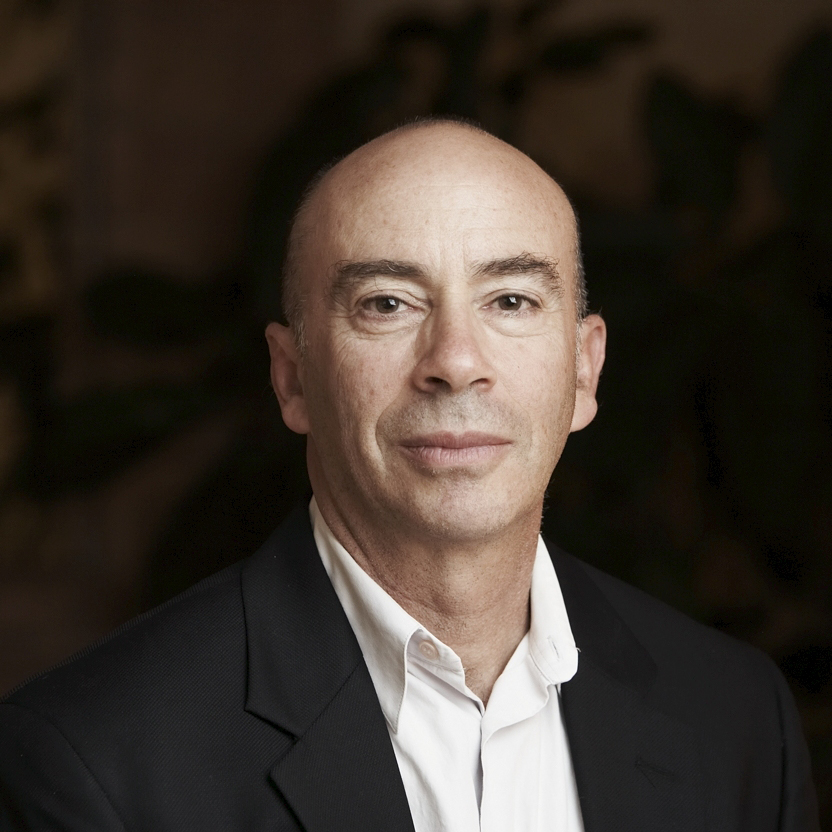There is an old story of a man riding very fast on a horse. As he rides past his friend standing on the side of the road, the friend yells, “Where are you going?” The rider turns toward his friend and yells, “I don’t know, ask the horse!”
The pace and intensity of our lives, both at work and at home, leave many of us feeling like the person riding that frantically galloping horse. Our incessant busyness, too much to do and not enough time; the pressure to tick off items on our to-do list by each day’s end—seems to decide the direction and quality of our existence. But if we approach our days in a different way, we can consciously change this out-of-control pattern. It only requires the courage to do less.
This may sound easy, but doing less can actually be very hard. Too often we mistakenly believe that doing less makes us lazy and results in a lack of productivity. Instead, doing less helps us savor what we do accomplish. We learn to do less of what is extraneous and engage in fewer self-defeating behaviors, so we craft a productive life that we truly feel good about.
As the CEO of an executive coaching and consulting company, I am certainly not immune to the pressures of balancing work, family, and relationships. Since I am also a Zen priest, I have spent much of the past 25 years exploring how to apply Zen practices to work and relationships, as well as how to apply work and relationships to Zen practice. Recently I have organized some of my insights about productivity and well-being into a five-step practice. “The Less Manifesto,” as I call it, focuses on engaging less in five self-defeating habits in order to experience more ease, more composure, and better results in our own lives and in our relationships with others.
I have compressed each of the five habits into one word—one behavior or activity we can do less of—but each represents a huge arena of human emotion and psychology. The list is inspired by the traditional five hindrances of Buddhism, but I have adapted it to the day-to-day challenges I observe in working with clients. The activities or categories are these:
- Fear
- Assumptions
- Distractions
- Resistance
- Busyness
Engaging in any of these habits can be debilitating, leading us to do more and accomplish less. They are often related or intertwined, creating patterns of self-defeating behavior that contribute to unhappiness and dissatisfaction.
If we don’t address and change these behaviors, we will always find it hard to accomplish what we want in a way that’s satisfying, no matter how hard we try. But once we change our behaviors, we may find it is possible to do much more than before—and enjoy it.
During the next several weeks I look forward to addressing each of these activities in more detail, with suggested practices.
For now I want to share a few words from John Seed, from an unpublished interview with Ram Dass. I find these words inspiring, and an effective approach to accomplishing more with less fear.
In the end, nothing but a miracle would be of any use at this time. When you look at the rate of destruction, whether it’s of the rain forest or the ozone layer, the climate, all of these things that are happening, and if you were able to multiply all the efforts of conservationists by a factor of ten or even a hundred, it wouldn’t be enough. So there’s nothing on the horizon that can help us, you know.
And so then you think, well what kind of miracle would it take for things to be different? Well, it would be a very simple one really. All that would be needed would be for human beings to wake up one day different than they were the day before, realizing that this is the end unless we make these changes, and then deciding to make the change. That doesn’t seem like a very likely thing to happen, but on the other hand the whole road that we’ve traveled is so littered with miracles that it’s only our strange kind of modern psyche that refuses to see it. I mean the miracle of being descended from a fish that chose to leave the water to walk on land…with a pedigree like that [anything is possible].


